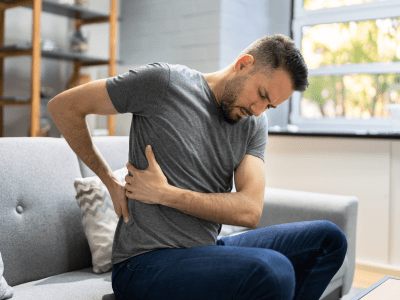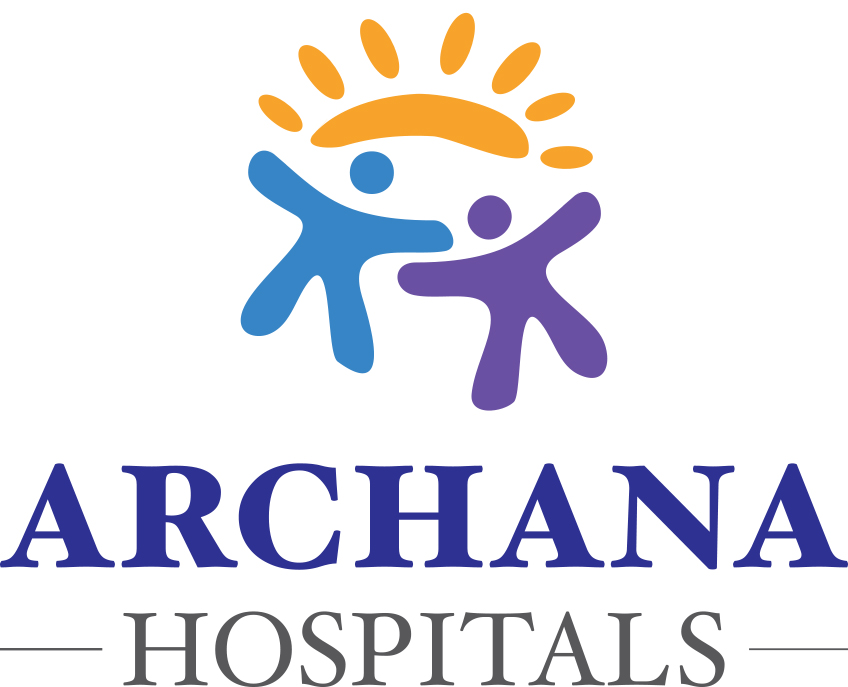Millions of individuals worldwide suffer from spinal discomfort, sometimes known as backbone pain. Whether brought on by injuries, underlying medical issues, or lifestyle choices, it can have a big influence on day-to-day living. Effective management and prevention of this discomfort depend on knowing the causes, diagnosis, and available treatments. The nature of the spine, causes of backbone pain, potential treatments, ways to prevent it, and when to get medical help will all be covered in this blog. We will also cover frequently asked issues about backbone pain, such as exercises, food suggestions, and whether back discomfort indicates bone cancer.

Overview of the Backbone (Spine)
Comprising 33 vertebrae, intervertebral discs, nerves, and muscles, the spine is a complicated system. It is separated into five areas: The neck region of the cervical spine supports and permits movement of the head. The upper back’s thoracic spine links to the ribs and provide stability. The lower back, or lumbar spine, supports the majority of the body’s weight and is prone to pain. The sacral spine joins the pelvis and spine. The tailbone, or coccyx, offers support when seated. For proper posture, mobility, and general bodily function, the spine is essential. Persistent pain and discomfort can result from any strain or damage.
Reasons for Backbone Pain
1. Lifestyle Factors
Having bad posture when sleeping, standing, or sitting Lack of exercise and a sedentary lifestyle “Tech neck” is caused by excessive usage of technological devices. Being obese causes the spine to be overly stressed. Heavy lifting or repetitive motions that strain the backbone
2. Medical Conditions
- Herniated Disc – When the soft inner core of a disc leaks out, pressing on nerves.
- Osteoarthritis – Wear and tear of spinal joints leading to pain and stiffness.
- Sciatica – Pain that radiates from the lower back down the leg due to nerve compression.
- Spinal Stenosis – Narrowing of the spinal canal that puts pressure on nerves.
- Osteoporosis – Weakening of bones, making them prone to fractures.
3. Injuries
Falls or accidents that result in fractures or misaligned spines Sports injuries that result in ligament injury, sprains, or strains Inappropriate lifting techniques or abrupt jerks that cause muscular strain
Diagnosing Backbone Pain
If you experience persistent or severe back pain, it is essential to seek medical evaluation. Diagnosis typically involves:
- Physical Examination – Checking posture, range of motion, and muscle strength.
- X-ray or MRI Scans – Identifying fractures, herniated discs, or spinal abnormalities.
- CT Scans – Providing a detailed view of spinal structures.
- Nerve Tests (EMG) – Assessing nerve function in cases of numbness or tingling.
Treatment Options for Backbone Pain
1. Non-Surgical Treatments
Non-surgical therapies may be useful for mild to severe back pain: Exercises that increase flexibility and strengthen the spine are part of physical therapy.
Painkillers: NSAIDs, such as ibuprofen, are used to lessen pain and inflammation.
Using heat packs to relax muscles and ice packs to minimize edema is known as “hot and cold therapy.”
Chiropractic care involves manual adjustments to realign the spine.
Using ergonomic furniture and keeping good posture are two ways to correct posture. Lifestyle Changes: Managing weight, stretching frequently, and cutting back on extended sitting.
2. Surgical Treatments
When non-surgical therapy is ineffective for severe situations, surgery is advised: Discectomy: When a herniated disc presses against a nerve, it is removed. Combining two or more vertebrae to support the spine is known as spinal fusion. In order to relieve nerve pressure, a laminectomy involves removing a portion of the vertebra. Artificial Disc Replacement: Putting artificial discs in place of damaged ones.
At Archana Hospitals, our spine specialists in Madinaguda & Chandanagar, Hyderabad, provide advanced treatment options tailored to each patient’s needs.
Prevention of Backbone Pain
- Maintain Good Posture – Keep your back straight while sitting, standing, and walking.
- Exercise Regularly – Strengthen core and back muscles with stretching and strengthening exercises.
- Use Ergonomic Furniture – Ensure chairs and desks support spinal alignment.
- Avoid Heavy Lifting – Use proper techniques and avoid sudden, jerky movements.
- Stay Active – Avoid prolonged sitting or lying down.
When to Seek Medical Attention?
Consult a doctor if you experience:
- Persistent pain lasting more than a few weeks
- Numbness, tingling, or weakness in the legs
- Difficulty standing, walking, or maintaining balance
- Pain that worsens at night or spreads down the legs
- Loss of bladder or bowel control (a medical emergency)
At Archana Hospitals, our experienced back pain doctors near you provide personalized treatment plans to help relieve discomfort effectively.
Exercises for Upper and Lower Backbone Pain
Upper Back Pain Relief Exercises
- Shoulder Blade Squeeze – Improves posture and strengthens upper back muscles.
- Neck Stretch – Relieves tension from the cervical spine.
- Thoracic Extension – Helps loosen the upper spine and improve flexibility.
Lower Back Pain Relief Exercises
- Cat-Cow Stretch – Increases spinal flexibility.
- Pelvic Tilts – Strengthens core and lower back muscles.
- Knee-to-Chest Stretch – Reduces pressure on the lumbar spine.
Back Pain During Pregnancy
Pregnant women often experience lower back pain due to:
- Increased weight and posture changes
- Hormonal shifts causing joint relaxation
- Pressure on the spine from the growing baby
Tips for Relief:
- Use a pregnancy support belt for additional support.
- Practice prenatal yoga and gentle stretching.
- Sleep on the side with a pillow between the knees.
- Wear supportive footwear.
If back pain becomes severe, consult a doctor for safe treatment options.
Frequently Asked Questions
The best exercises include stretching, core strengthening, and low-impact activities like swimming or yoga. Consulting a spine specialist for personalized exercises is recommended.
Yes, lumbar support belts can help stabilize the spine, especially in cases of herniated discs or posture-related pain. However, prolonged use should be avoided to prevent muscle weakness.
- Calcium-rich foods – Milk, yogurt, leafy greens
- Omega-3 fatty acids – Fish, flaxseeds, walnuts
- Vitamin D sources – Eggs, sunlight exposure
- Anti-inflammatory foods – Turmeric, ginger, berries
- Applying heat or cold packs
- Gentle stretching and yoga
- Massage therapy
- Maintaining good posture
Back pain is usually due to musculoskeletal issues, but persistent, unexplained pain with weight loss or night pain could indicate a more serious condition. A medical evaluation is necessary for an accurate diagnosis.
Conclusion
Backbone pain can disrupt daily life, but with proper treatment, lifestyle changes, and medical intervention, it can be effectively managed. If you are experiencing persistent back pain, visit Archana Hospitals, the leading spine hospital in Madinaguda & Chandanagar, Hyderabad, for expert consultation and advanced treatment options.

